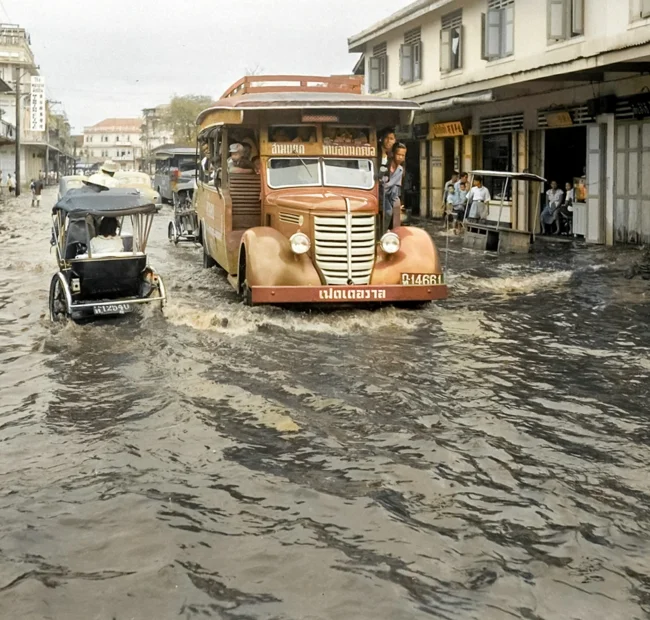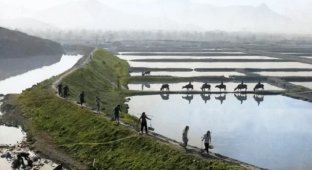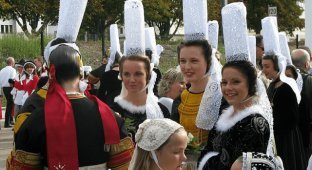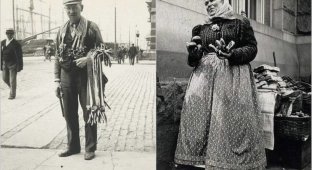Curious photos from the past of Asian countries (21 photos)
The 20th century was a time of great change for many Asian countries, from the struggle for independence to rapid modernization. These photographs capture everyday life, traditions, city streets, important historical events, and the faces of people whose stories were captured on film. 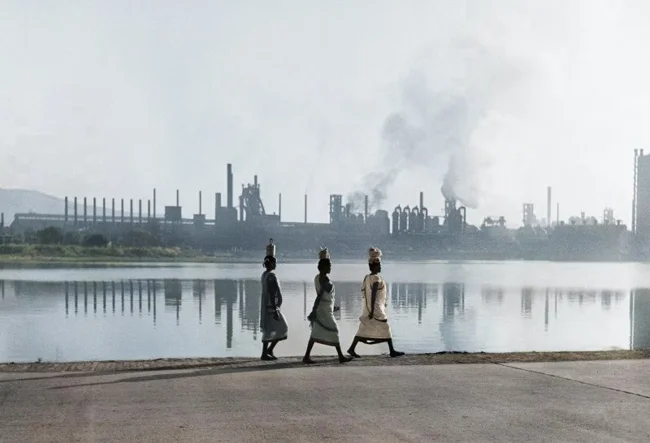
Shinto priests, Kyoto, Japan, 1951. 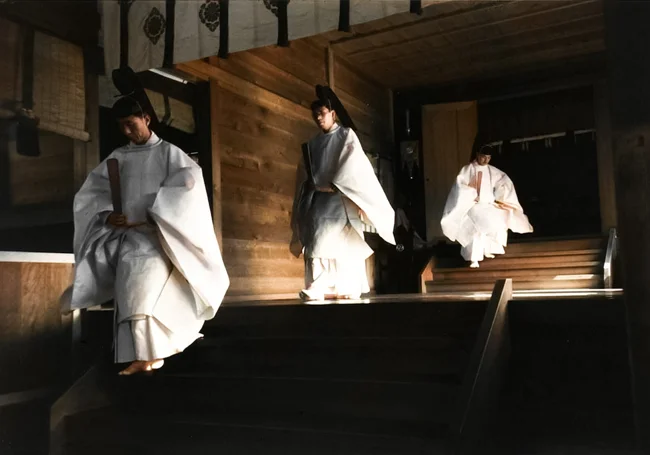
Photographer: Werner Bischof
Shinto priests are the guardians of the ancient spiritual tradition of the country, which has survived through the centuries and still maintains the connection between people and the kami - the spirits of nature and ancestors. Shinto priests wear traditional ritual costumes (nore-hakama) - long skirts and outerwear in strict colors. On their heads is a kebashi, a white headdress that emphasizes their status during ceremonies.
Hong Kong harbor, 1952. 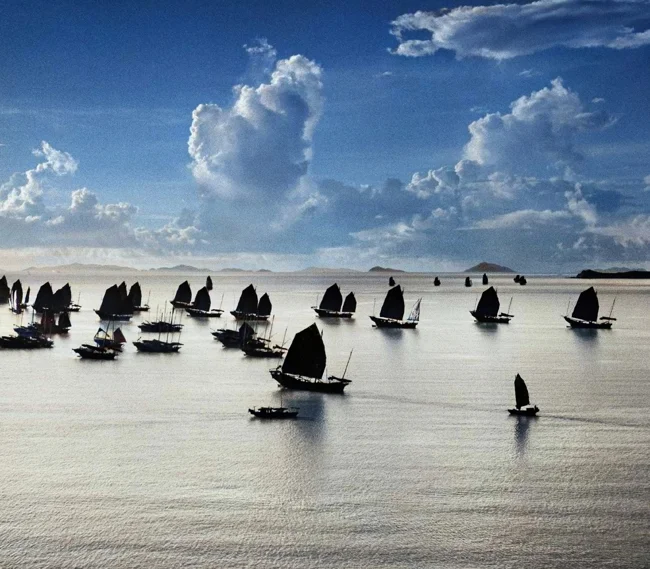
Photographer: Werner Bischof
This picture shows fishermen on junk boats, who go out to sea early in the morning in the night breeze blowing from the land. The boat in the lower right corner is sailing a broad reach - this means that the wind is directed towards the stern, and the sail is perpendicular to it. This is evidenced by the clearly visible wake. But during the day everything changes: a sea breeze appears, already blowing from the sea to the shore, and on it the fishermen safely return home. Such daily transitions are not just a means of transportation, but a whole phenomenon of nature and human harmony with it.
Rice fields. China, 1962. 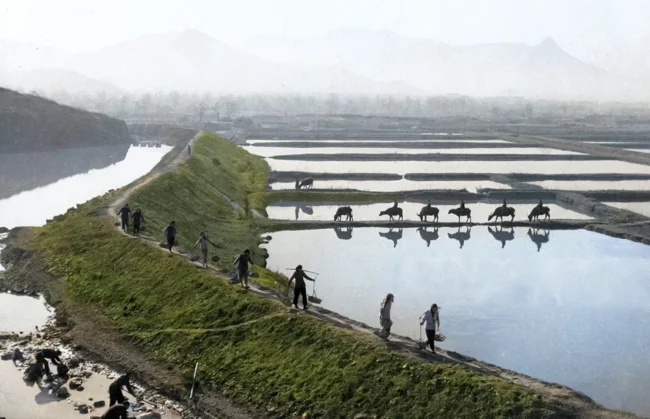
Commune members from four different people's communes at the construction site of the Chengtien Irrigation Project in Chuchi County, Zhejiang Province.
Bangkok, 1950s. 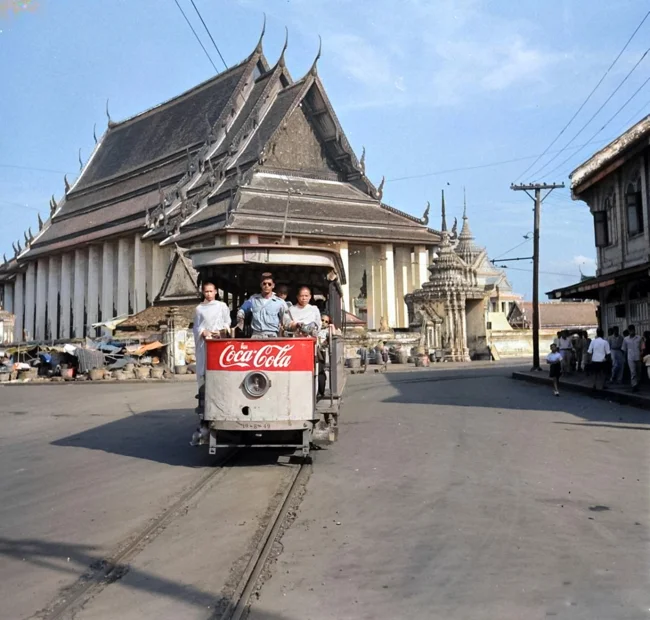
Coca-Cola's entry into the Thai market was an important step in the legendary brand's global expansion. The company officially began sales in Thailand in 1947, immediately after the end of World War II, when interest in Western goods began to grow throughout Asia. At that time, many Americans lived in the country, for whom this drink was an integral part of everyday life. It was thanks to them that Coca-Cola gained popularity among local residents, becoming a symbol of the Western lifestyle and quality. The company adapted its strategy to the local culture: it used Thai advertising, participated in national holidays and cultural events. Coca-Cola actively collaborated with fast food restaurants, which also began their development in Thailand during this period.
Chinese women peel tree bark to add to food. Henan Province, 1942. 
World War II began for China in 1937, when the country was attacked by Japan. The situation was aggravated by the fact that China had been in civil war for decades. And even during the resistance to the Japanese invaders, the internal conflict did not stop. The people were on the verge of despair. Hunger was widespread - people ate bark. It was dried, ground by hand in mills and added to bread and porridge, trying to somehow satisfy their hunger. These years became a test for the entire nation - years of war, devastation and survival.
Jamshedpur (Tatanagar), India, 1951. 
Photographer: Werner Bischof
Farm girls fishing in a canal near Bangkok, 1950. 
Photographer: Dmitry Kessel
A patient arrives by oxcart at a Soviet hospital in Chinnampo, North Korea, May 1947. 
Mengzi, China, 1910s. 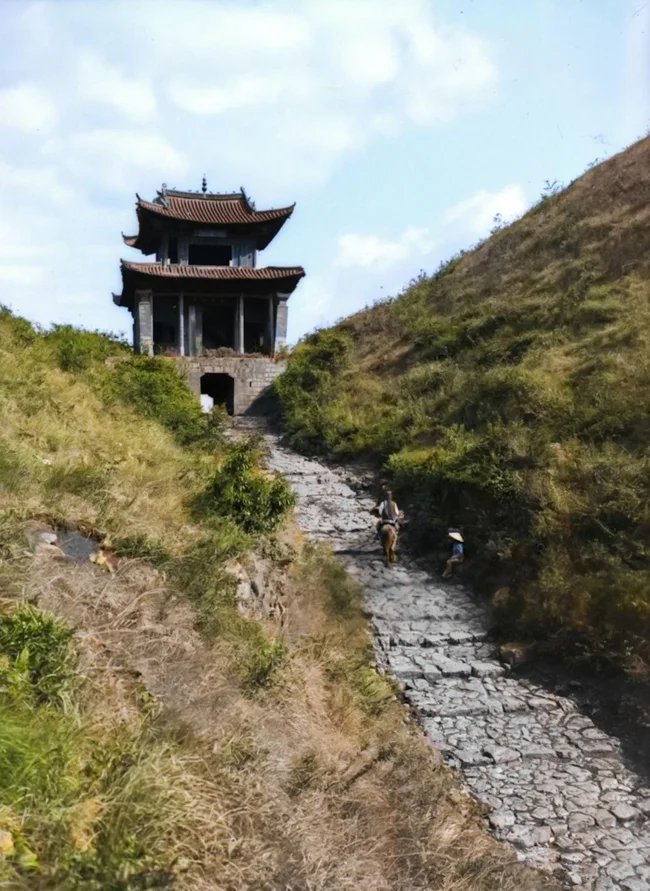
Photographer: Charles Chusseau-Flaviens
On the street in Seoul, Korea, 1925. 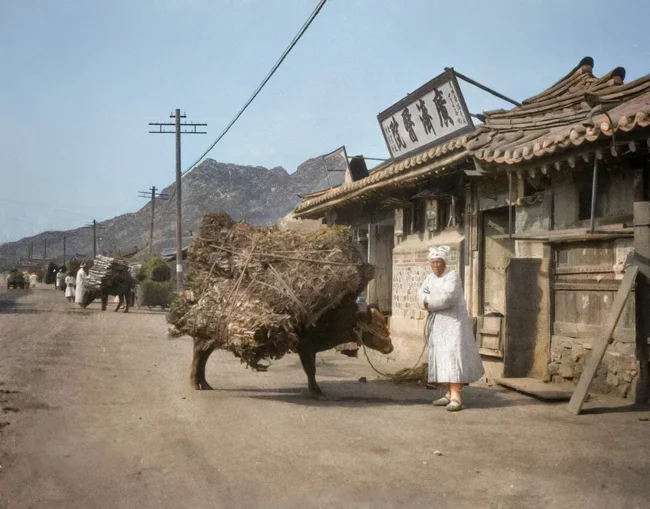
Photographer: James Dearden Holmes.
A mother and child walking through an open-air market in Hong Kong's Old Town, 1950s. 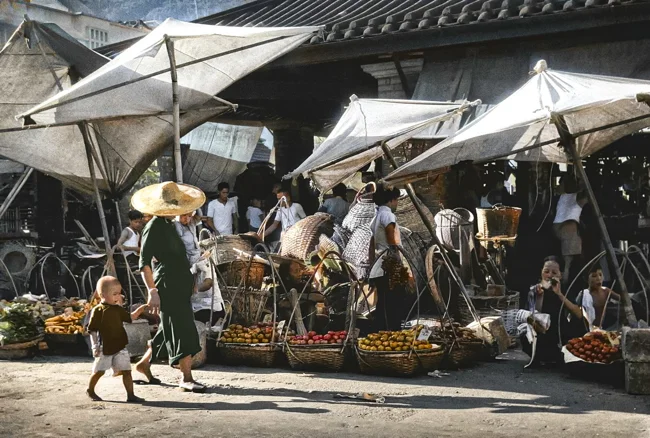
Photographer: Ho Fan.
Prince Naruhisa Kitashirakawa. Japan, 1919. 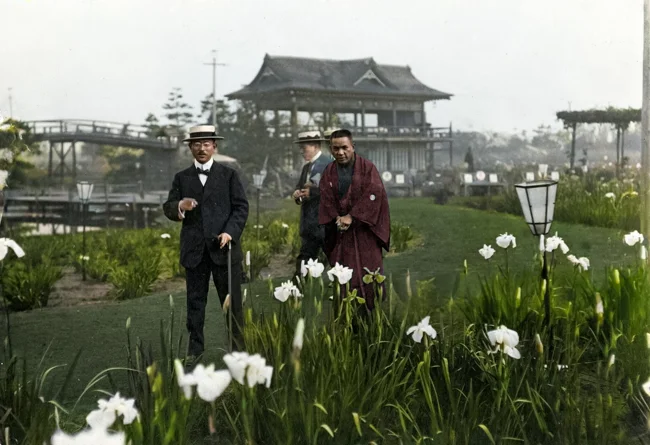
In a burgundy robe is the prince himself, looking relaxed and even a little homely in a traditional act against the background of two men with cigarettes (bodyguards).
View of the mountains from the Sleeping Clouds Monastery in southwest China, Sichuan, 1962. 
Boat conductor. Hong Kong, 1950-60s. 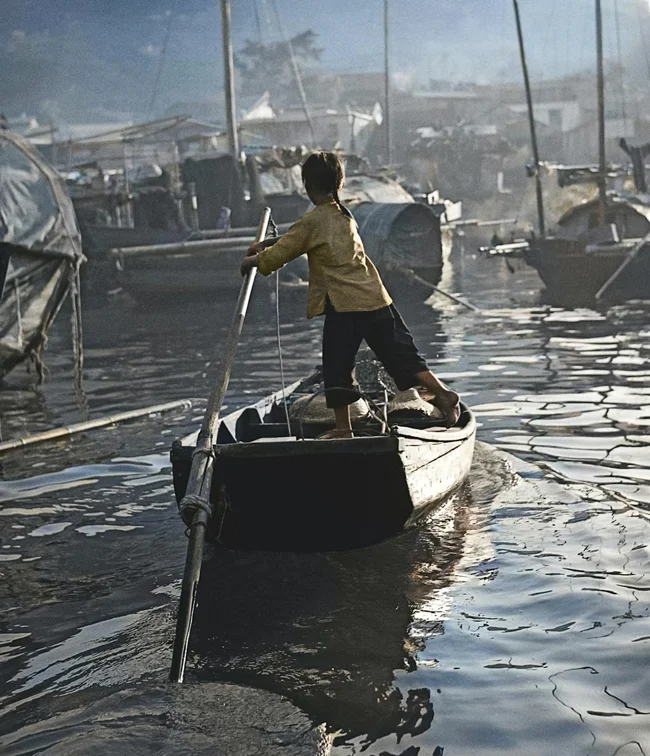
Author: Fan Ho
A Shaolin monk running on a wall, China, 1989. 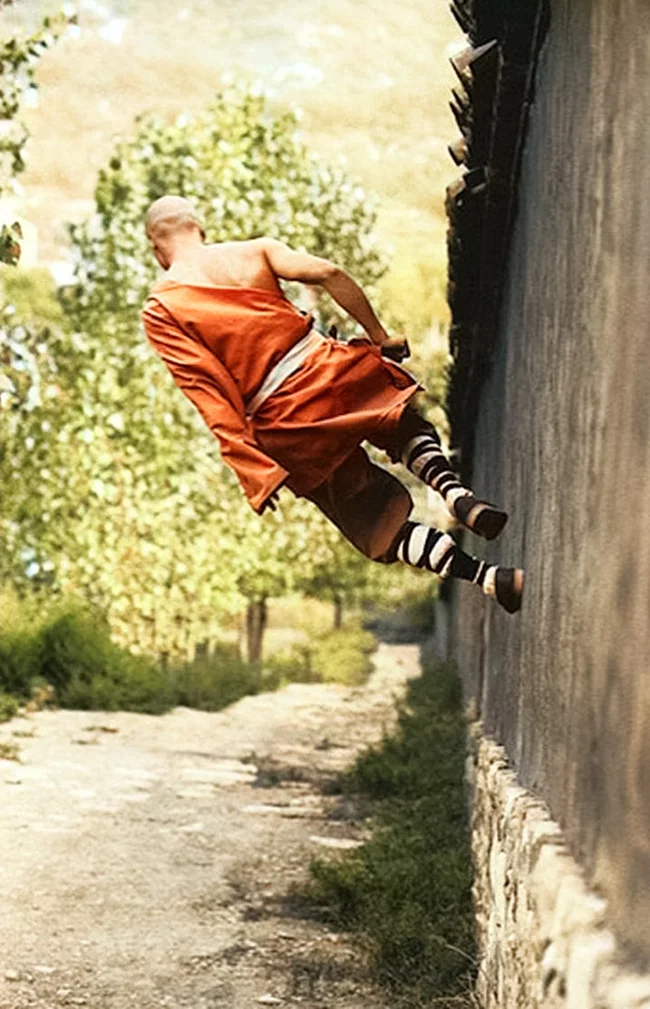
Shaolin monks are not just Buddhist priests, but true legends, symbols of fortitude, discipline and martial skill. The Shaolin Monastery, located in the Henan Mountains of China, has been the cradle of kung fu and spiritual development for over a thousand years.
Laundry in Seoul, Korea, 1928. 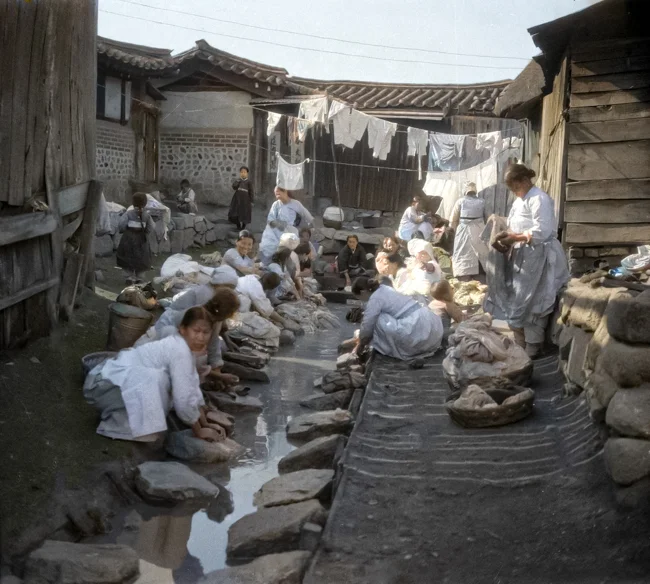
Photographer: James Dearden Holmes.
Shinto priests in the garden of the Meiji Shrine. Tokyo, 1951. 
Photographer: Werner Bischof
Japan, 1948. 
Photographer: Hiroshi Hamaya
Chinese dyers hang cotton fabrics in courtyards. Bangkok, 1950. 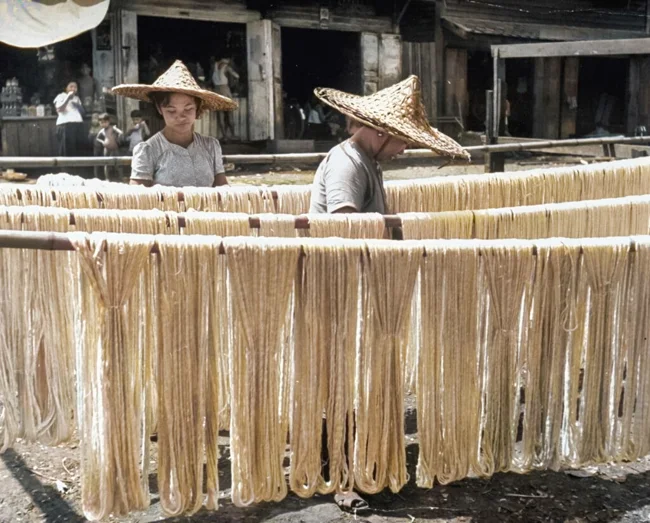
Buses at Sam Yaekbang Krabu Pier. Thailand, 1950. 